Nothing is more fulfilling than watching your plant babies grow—or more frustrating when they don’t! What if there was a beautiful, natural way to enhance your garden? Have you considered crystals? Enjoy this article by Theresa, who loves using crystals in the garden for art and healing. Find out which of Earth’s treasures is best paired with plants.
What Are Crystals?
Most of us have encountered crystals at one time or another. They come in a variety of shapes, sizes, and colors. At first glance, you might think they are rocks, but crystals are actually minerals.
According to the International Gem Society, “A crystal is a solid whose atoms are arranged in a “highly ordered” repeating pattern. These patterns are called crystal systems. If a mineral has its atoms arranged in one of them, then that mineral is a crystal.”
Read Next
Studies show that crystals have the power to create an electrical charge. When used in gardens or with houseplants, they improve energy flow, helping to promote growth and stability. It’s unclear how this works or if it’s a placebo effect, but it’s clear that many people believe crystals have a beneficial effect.
Some crystals are birthstones. Learn your birthstone meaning by month.
Crystals can also add beauty and calm to the garden, eliminating stress for the gardener. So, which crystals are best for plants, and how do you use them?
Best Crystals for Plants
There are many crystals to choose from, but here are some that are known for supporting garden growth.
Clear Quartz
You can never go wrong with clear quartz. This common crystal has strong, energetic properties. Put one in your garden, and you’ll supercharge your plants!
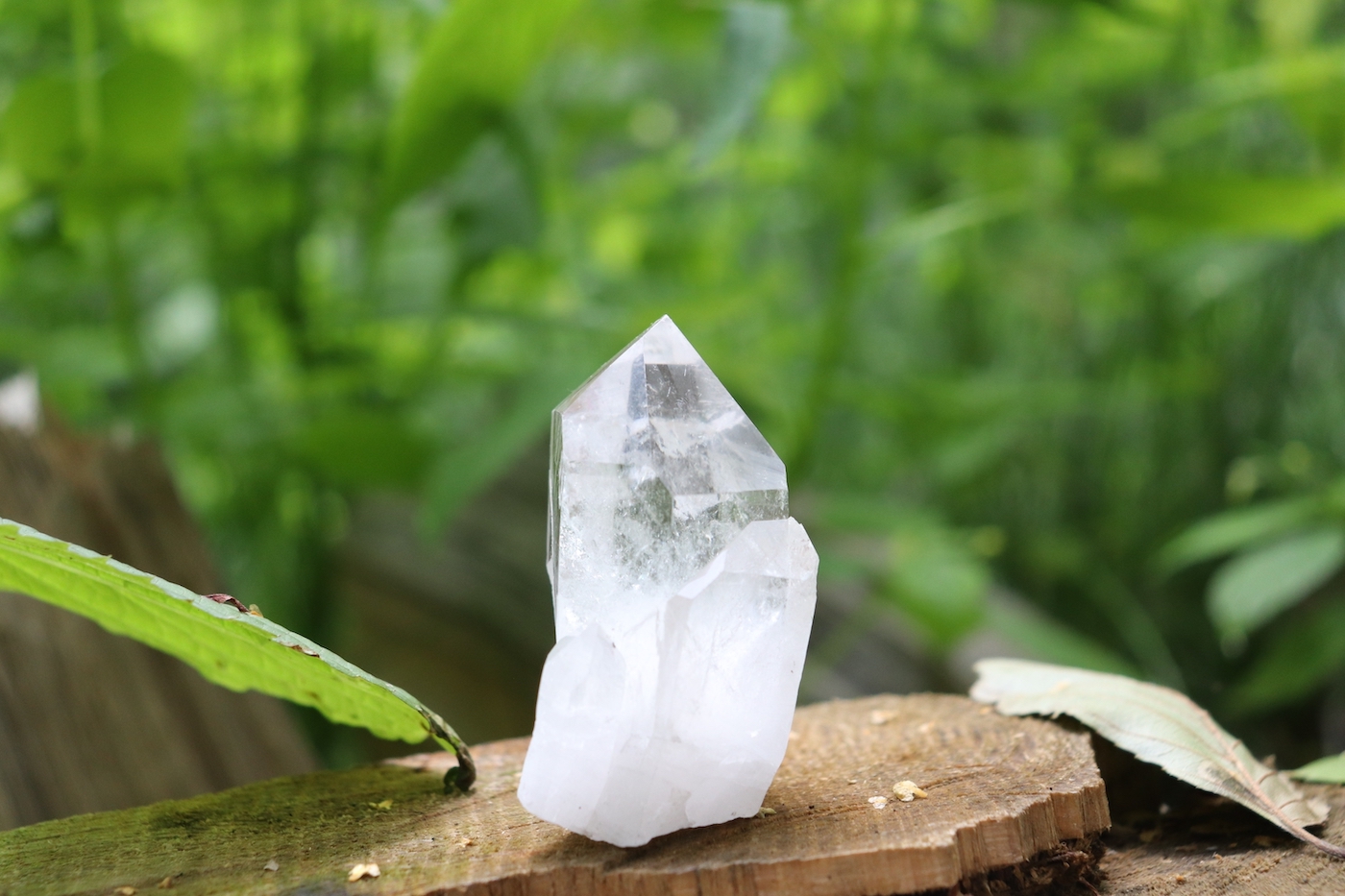
Rose Quartz
Is your houseplant suffering from overwatering or neglect? Rose quartz brings loving energy and can promote healing.

Moss Agate
Referred to as the “gardener’s stone,” moss agate helps plants flourish. Growth, abundance, and healing are properties connected to this green-speckled crystal.

Tiger’s Eye
This protective gemstone is excellent for placing around the garden’s perimeter. It won’t stop rabbits from getting to your plants, but it does emit a shield to keep negative energy out.
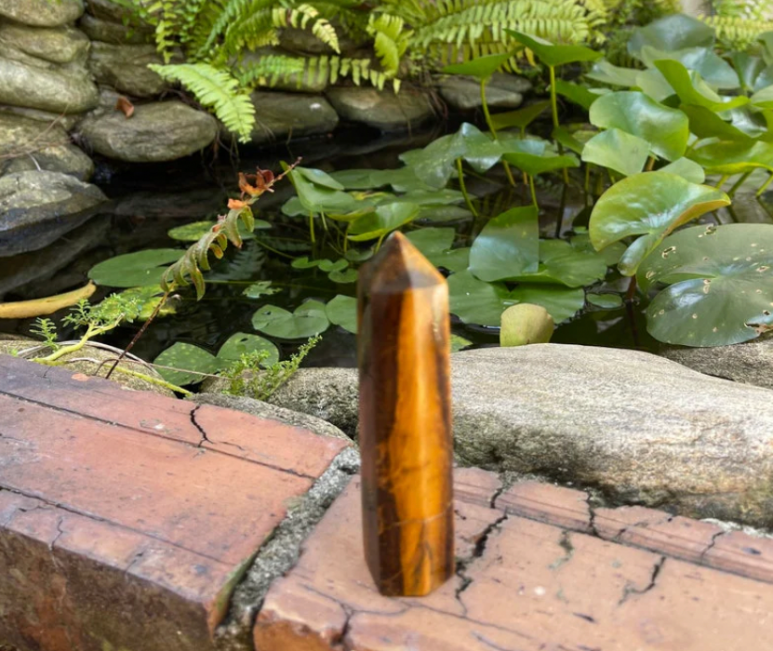
Black Tourmaline
Like tiger’s eye, black tourmaline has protective properties. It’s a good choice for keeping away pests or nosy neighbors in your garden as it soaks up negative energy.

Amethyst
Known for its calming properties, the amethyst is the perfect stone to tuck into your overalls before hitting the soil. It will reduce your stress while you toil away. (Psst…although gardening is known for stress relief, it is still hard work!)
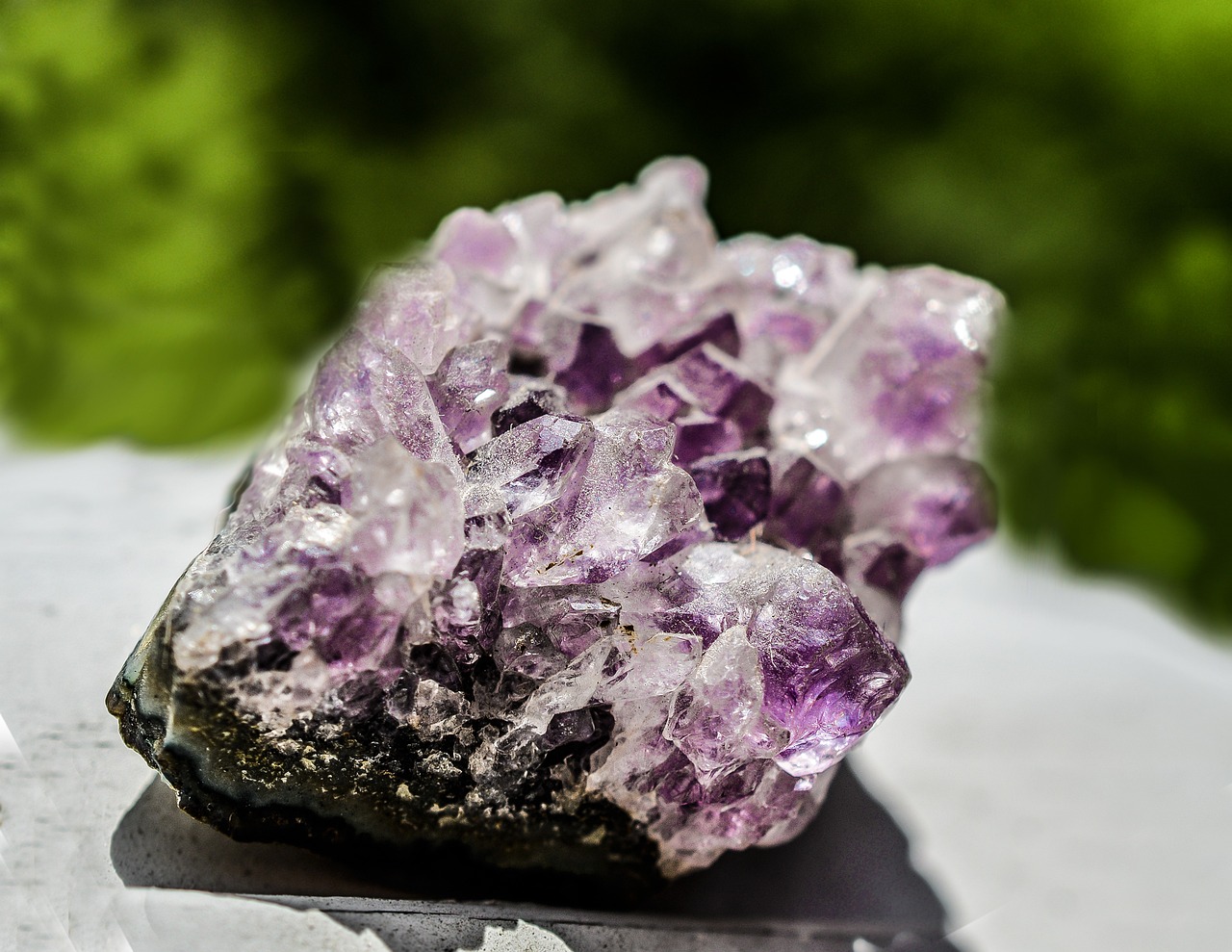
Citrine
Although this yellow crystal is associated with wealth, it also promotes abundance in other realms. Place it near your plants to encourage big-time growth.
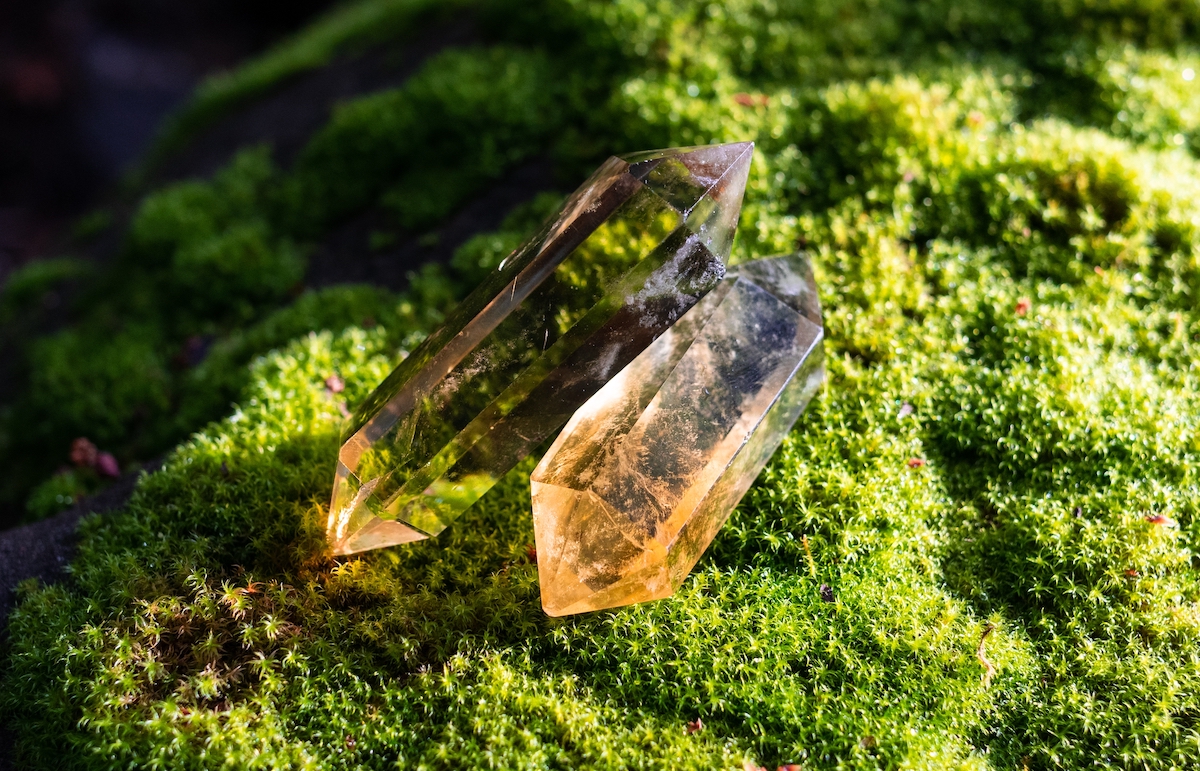
Moonstone
This milky gem is soothing but also symbolizes fertility. Stick this in the ground to support the health of your seedlings. it’s especially good for propagating houseplants.
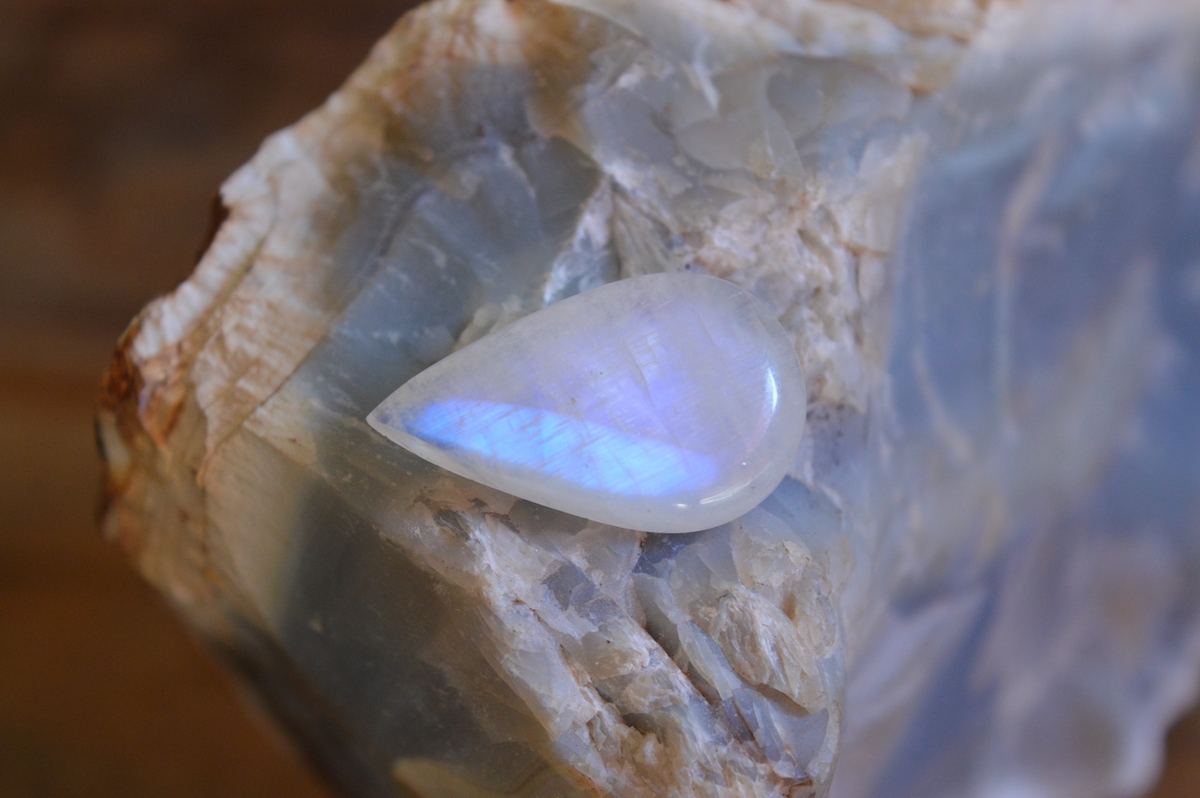
Green stones such as malachite, amazonite, and aventurine support growth and add beauty to your garden. Place a few in your flowerbeds or houseplants for an enchanting effect.
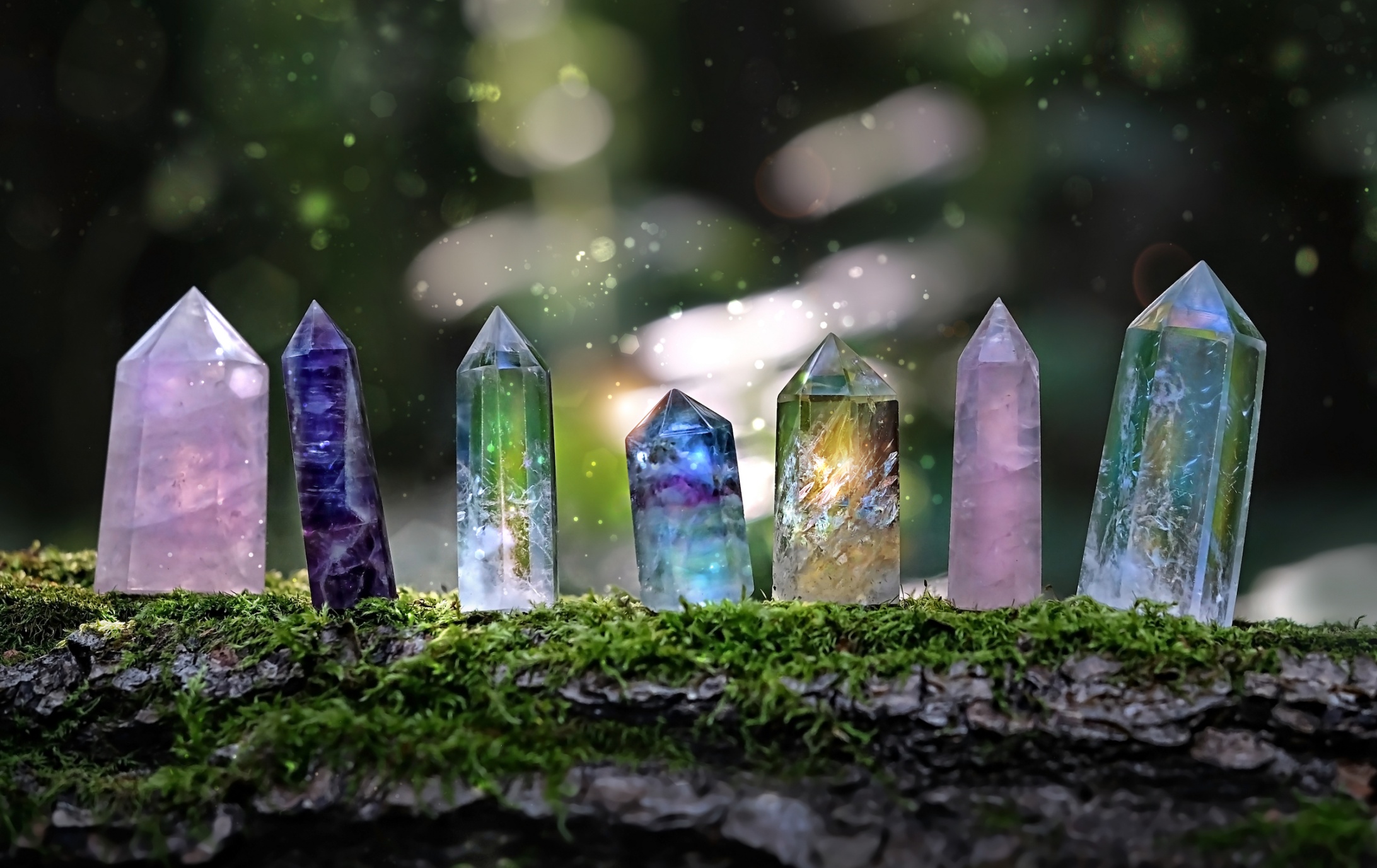
How to Choose Your Crystals
It’s best to visit a shop that specializes in crystals. That way, you can be sure to receive high-quality gemstones. You also have a chance to feel the crystals, which can help you determine if they are the right stone for your purposes.
The staff at these shops is knowledgeable and can help you make a good selection. If you don’t have a local metaphysical or crystal store, you can find great resources online. Reputable sites like The Crystal Garden have everything you need to get started.
Preparing Your Crystals
Once you’ve chosen your crystals, you’ll need to “charge” them. This means cleansing and preparing them for their purpose. To cleanse your crystals, you can simply rinse them in clear water or place them on a windowsill under the moonlight. Cleansing helps to remove energy so your crystal is clear and ready to be charged.
To charge, place the crystal in your hands and visualize what you want it to do. For example, if you wish to encourage growth in new seedlings, picture the plants bursting with fresh sprouts as you hold the crystal. Make the image as vivid as you can. You might also speak to the crystal and ask for its help. While that may sound goofy, remember that talking to your plants is considered good for them!
Once you’ve cleansed and charged your crystals, they’re ready to work!
How to Use Crystals with Plants or Gardens
For houseplants, simply pop a crystal into the pot. You can place it near the plant’s root or bury it in the soil. Either works.
Gardens require a bit more thought. Some crystals, like the tiger’s eye, might be placed around the perimeter for protection, whereas clear quartz would be more effective near the base of the plants. For small bushes, you might want to put a ring of crystals around the trunk. This will support the shrub and add beauty.
Neglected plants would do well with rose quartz near the base or buried in the soil as close to the root as possible.
While it’s okay to bury crystals, they are more effective in the garden if they sit on the soil and absorb sunlight and moonlight. This will “recharge” them like a battery or solar panel.
Crystal-infused water
Another excellent idea is to use crystal-infused water. I love the book Houseplant HortOCCULTURE: Green Magic for Indoor Spaces, which lists practices that have helped my houseplants thrive!
Author Devin Hunter says: “I tend to use liquid fertilizer and mix it in big 5-gallon barrels. Before adding the nutrients, I like to put charged crystals that are powered to assist in plant growth in the barrel and place them in the sun so I can make a giant crystal elixir to water my plants with. My favorite combination of stones for this is citrine (the power of the sun), epidote (the power of the green flame), and black tourmaline (for banishing pests).”
Even if you’re skeptical, why not give it a try? You might be surprised to see how your garden and houseplants thrive with a bit of help from crystal allies!
See other ways to use stones in the garden, as well as garden path ideas.





